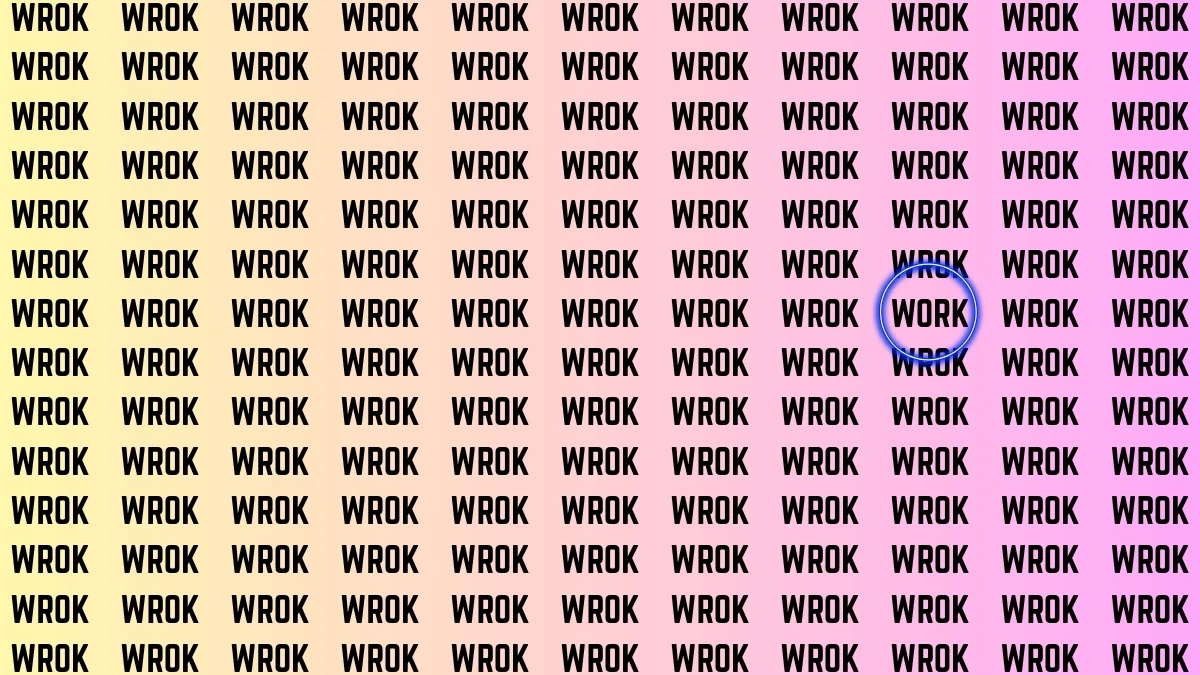Optical Illusion
An optical illusion is a visual phenomenon where the perception of an image differs from the reality of its physical properties.
This happens because the brain processes visual information in a way that can be misleading or confusing, often relying on context, lighting, color, and patterns to interpret what we see.
As a result, optical illusions can trick the mind into seeing things that are not there, interpreting static images as dynamic, or perceiving sizes, shapes, or distances differently from their actual measurements.
These illusions occur due to the complex way our eyes and brain interact, often based on how light is refracted, shadows are cast, or patterns are structured.
They can be fascinating because they reveal the limitations and quirks of human visual perception.
Are You A Genius?: Within 9 Seconds Spot The 3 Differences in this Girl Image
Optical Illusion Visual Test: Within 7 Seconds Spot The Word WORK among WROKs
This optical illusion test challenges your visual perception and quick thinking. In this puzzle, you’re tasked with spotting the word "WORK" hidden among several instances of the word "WROK" within a mere 7 seconds.
It may sound easy, but the arrangement and subtle difference in the letters can make it trickier than you think.
This test helps exercise your brain’s ability to process visual information rapidly, and it’s a fun way to train your focus and observation skills.
Are you up for the challenge? Test yourself and see how quickly you can spot the word "WORK" in this tricky visual puzzle!

Try this Challenge: Only People with Eagle Eyes Can spot the Number 598 among 589
Optical Illusion Visual Test: Within 7 Seconds Spot The Word WORK among WROKs - Solution
In the optical illusion image, the goal is to find the word "WORK" among multiple instances of the word "WROK." The key to solving this is carefully scanning the image for subtle differences in letter arrangement.
In this case, the word "WORK" is the only variation where the second letter is "O" instead of the letter "R." It is positioned slightly off-center and is circled in blue in the solution, which helps point out the anomaly in the pattern of "WROK."
This optical test challenges your ability to spot slight changes in a repeating pattern under time pressure.






